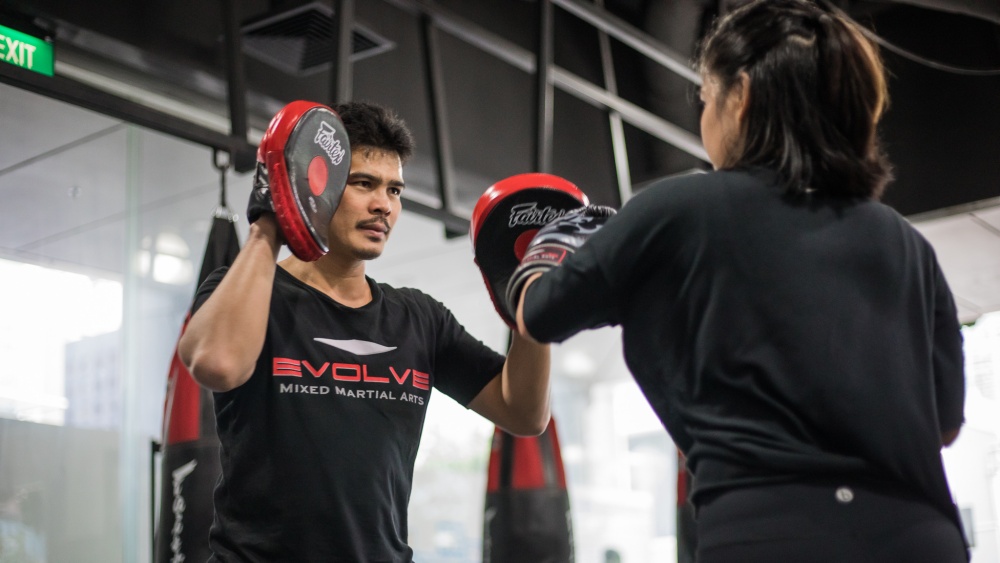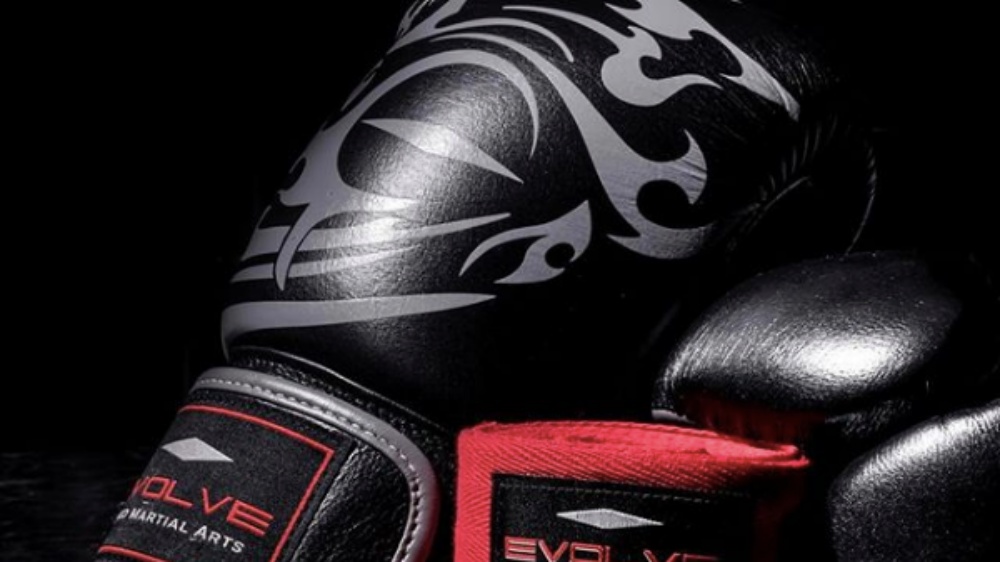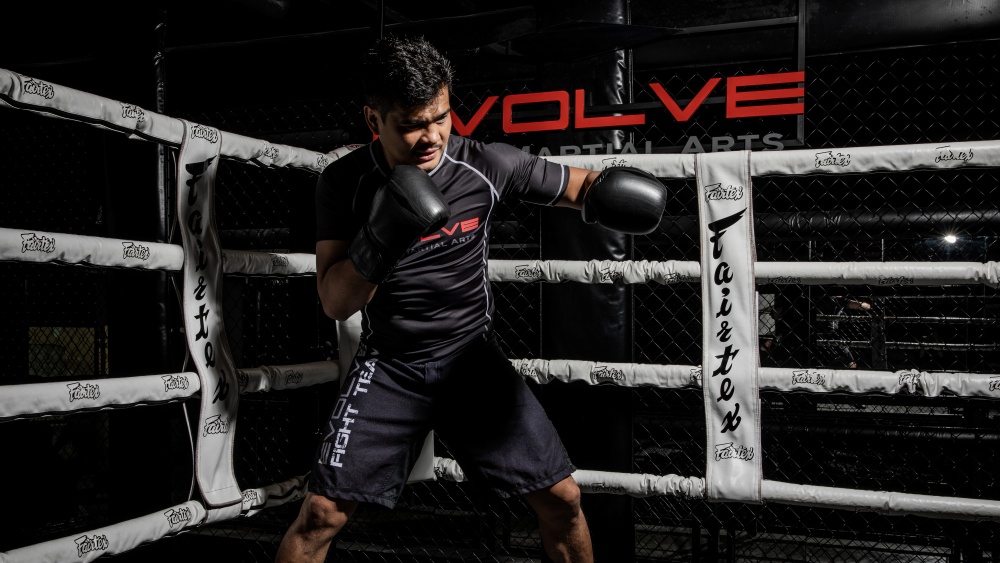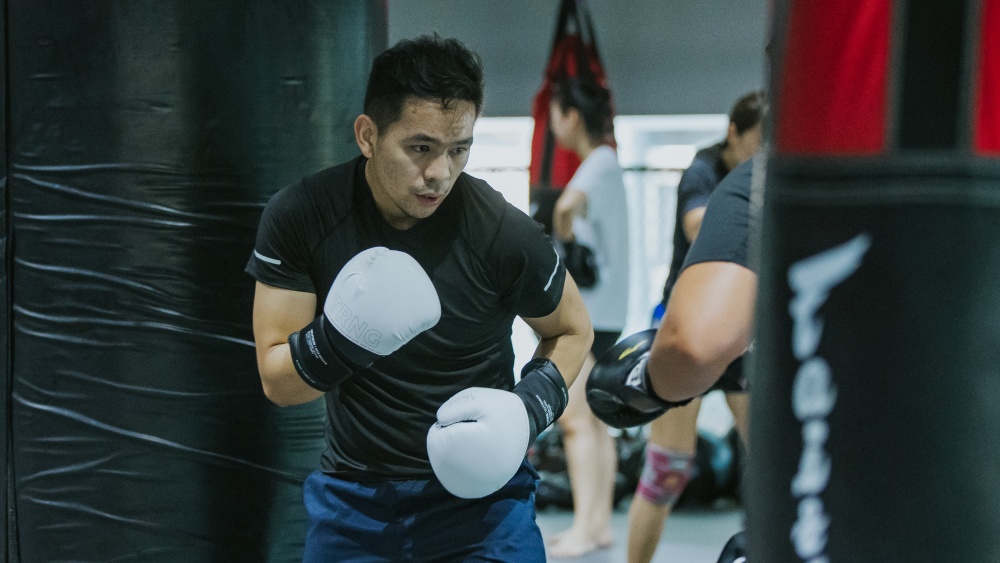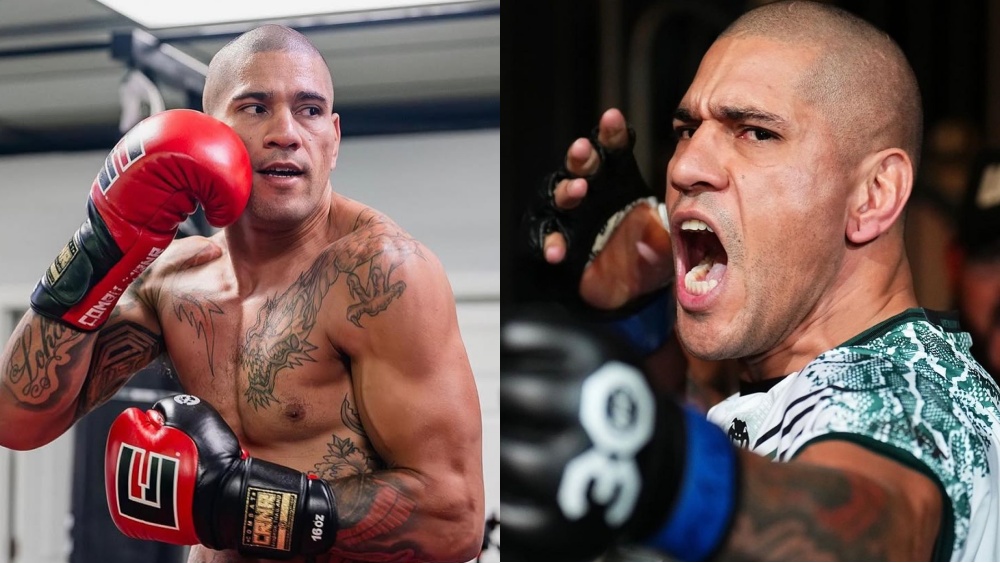Congratulations on your decision to learn boxing! Learning how to box is a deeply rewarding journey that pushes you physically and mentally. You’ll get to learn things about yourself you might not be aware of while learning how to defend yourself.
Boxing is the most popular martial art and the most lucrative. It generates billions of dollars globally each year, so trainers have lots of incentives to continuously refine their craft. Boxing is often called the sweet science these days since it’s been refined to the point of virtually becoming a scientific field. No other martial art compares to boxing when it comes to the details placed on footwork, head movement, and advantageous angles. Many of the techniques you’ll learn as a boxer translates to other striking-based martial arts like Muay Thai.
Eight Things You Should Keep In Mind Heading Into Your First Boxing Class
Ready to find out what you need to know before your first boxing class? Let’s get started:
1) Purchase The Essentials
You’ll need to purchase some things like a pair of boxing shoes, a mouthguard, and hand wraps to train boxing. Other training equipment like boxing gloves, jump rope, and groin protectors are typically available at most gyms, but you probably want to get yours if you’re serious about training.
Boxing gloves and other equipment like head gear soak up lots of sweat during training, so it’s a lot more hygienic to have your own.
2) Don’t Show Up With A Full Stomach
Boxing gyms typically don’t recommend working out on a full stomach. A full stomach restricts blood flow to your muscles and you’re more likely to throw up due to fatigue. If you plan on having a full meal before training, give your stomach at least two hours to digest most of it.
If you’re feeling hungry right before your training session starts. Opt for fruits like watermelons or bananas. They will give you an energy boost thanks to the natural sugars in them without making your stomach feel heavy.
Ideally, you want to consume a carb-rich meal with a balance of protein and fat a few hours before training sessions to ensure you have enough energy to get through them.
3) Wear Clothes That Fit
Wear form-fitting clothes that you are comfortable in for your first boxing class. Footwork is an essential part of boxing, so you’ll be moving a lot and bending at your knees while training. Wear clothes that won’t restrict your movement in any way. A pair of shorts and a T-shirt works for most men, while women should have padded sports bras under their shirts.
Avoid wearing baggy clothes to the boxing gym since they can block your vision or get tangled up while training.
4) Triple Knot Your Shoelaces
Boxers typically wear boxing shoes when they train and newbies often find their shoelaces coming apart. It’s something all boxers are all too familiar with and the key to avoiding it is to triple-knot your shoelaces instead of only using a double knot as most people do.
Newbies are typically punished by making them perform pushups until they learn to triple-knot their shoelaces.
If you’re wondering why boxing gyms are so unforgiving towards students whose shoelaces become untied while training, it’s because there are no time-outs in boxing. You don’t get a break to retie your shoelaces inside the ring.
5) Start Learning How To Jump Rope
Jump rope is as essential for boxers as hitting a heavy bag. Expect to spend lots of time skipping when you first start training. Jumping rope is a significant element of boxing conditioning and it improves your hand and foot coordination.
Boxing requires your feet and hands to be able to work well together so boxers spend lots of time jumping rope. Skipping is also an effective way to get your heart rate up and improve your cardiovascular endurance. It’s the most popular warm-up exercise used in boxing training.
6) Don’t Expect To Spar
You’re probably super excited heading into your first boxing class with visions of holding your own while sparring with more skilled training partners. That’s not going to happen since boxing coaches typically don’t allow you to spar until your skills are at intermediate level.
Beginners who still cross their feet as they move or need to be reminded to keep their hands up after throwing a punch have no business getting inside a boxing ring. Boxing might be a sport, but you don’t play boxing the way you play sports like basketball.
Getting inside the ring too early can discourage newbie boxers since it ends up being a negative experience instead of a learning opportunity. Your trainer is the one who gets to decide when you’re ready to spar based on what you show them during training.
7) Master Your Stance
Everything you do as a boxer starts with your stance. A good stance keeps you balanced and agile while limiting the offensive options your opponents have. If you’re right-handed, the orthodox stance will probably feel more natural for you, while lefties tend to fight better out of the southpaw stance.
That’s not to say you have to use a specific stance simply because of how your brain is wired. Many left-handed boxers fight well out of the orthodox stance and vice versa. Experiment with both stances to see which one is optimal for you.
Regardless of the stance you choose, always remember to keep your knees soft. Locking up your knees leaves you vulnerable inside the ring because it leaves you unbalanced.
8) The First Training Session Is The Hardest
That’s not to say your first training session won’t be fun. It will be, but your body isn’t used to making all the movements boxers make. For example, you’ve probably never hit a heavy bag for three minutes straight if you’ve never trained. It might seem easy, but it’s not. The average person with no boxing training can’t hit a heavy bag for more than a minute without getting winded.
Expect your entire body to be sore after your first training session. You’ll be less sore after your second workout, and you’ll no longer deal with significant soreness after a few weeks of training. Ironically, the only parts of your body that don’t get sore after your first training session are your hands.
You may also like:
